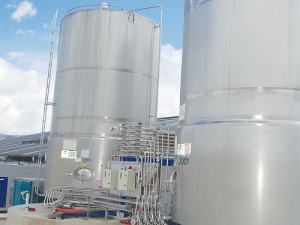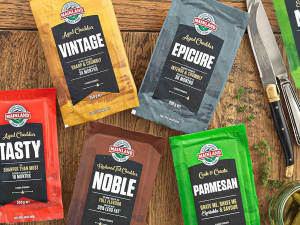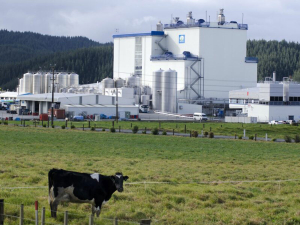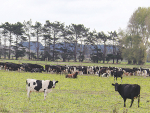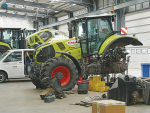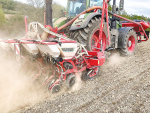Milk collected from your farm must be cooled according to new rules or it will likely not be collected; you will then have to dump it.
Research shows that cooling consumes about 30% of the total energy in operating a diary. Meeting the new specification may markedly reduce energy costs.
Under the new specifications raw milk must:
• Be cooled to 6oC within two hours of the end of milking or within six hours of starting milking.
• Be cooled to 10oC or below within four hours of starting milking.
• Be held at or below 6oC until collection or the next milking.
• Not exceed 10oC during subsequent milking.
Some farmers may not have to change their cooling systems. Don’t buy new gear until you have checked your milk temperatures.
First, check the temperature of milk going into your vat, and check vat temperatures at two, four and six hours after completion. This will indicate whether you need to check your primary or secondary cooling systems.
Check that your plate cooler can cool your milk to 3oC above the temperature of the water entering the plate cooler. If not, you may need to check the size and capacity of your plate cooler.
Primary Cooling
Pre-cooling water: there are many ways to chill water, e.g. ice packs or direct chilling, then using it through a split bank cooler. Efficiency varies. Some units have heat recovery which can give fast payback and very cold milk.
Snap/instant chilling: glycol cooling is becoming popular. They are costly but very effective and almost immediately chill the milk to 4-5°C . They best suit large dairies and if integrated with heat recovery they are a viable option. They consume a lot of power, so most farms would need to upgrade switchboards and transformers for a snap chiller to operate in the shed. Expensive for an existing farm but great for a new conversion or build.
Cooling towers: best suit South Island farms with low humidity. Water can be cooled to within 5oC of the wet bulb temperature.
Ice banks: these make ice along evaporator coils using night-rate power. The ice is used to chill water for the pre-cooler. Though they are more compact than storage for chilled water they can be more expensive to maintain and are not as energy efficient.
Thermal stores: these chill water using off-peak power and use an insulated storage tank to hold a large volume. They use more energy than a direct chill system but are easier to install and need less maintenance.
Double water cooling: cools the stainless droppers with cooling water, then cool the milk again via the plate cooler. This can work well if your cooling water temp is low enough.
In summary, heat recovery reduces energy costs, generates warm water and utilises aspects of the milk cooling process.
Note: if you are using pre-chilled water in a reticulated system through a secondary plate cooler then the water used will need to meet the same requirements as apply now to your primary cooling water.
This may require some treatment of the water in the system.
Similarly in glycol systems, the glycol must be food grade quality because the coolant could come in contact with the milk if there was a leak in the secondary plate cooler.
Secondary cooling (vat)
Wraps are another way to maintain temperature. They don’t greatly reduce milk temperature, but they save money by keeping milk cold.
Always check the refrigeration on your silos first. This is the cheapest option to pre-cooling and will normally be enough for the new rules.
To meet the blend temperature rule: ‘no milk to go above 10oC in subsequent milkings’, you may need to adjust your chiller. You could get the refrigeration system to reduce the temperature of your milk prior to the next milking so that when the warmer milk goes into the vat the mass of the cold milk brings down the overall bulk milk temperature and keeps it below the 10oC maximum.
Horizontal vats: have more vat pads than a vertical vat. They use less energy and are a viable option if you need to change vats. Always shop around. Generally the simplest way is the most effective.
• This article first appeared in the Open Country Dairy Talk Milk July newsletter.

